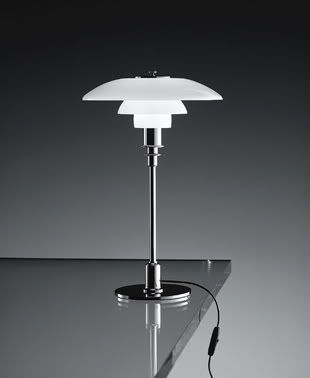Matt Deckard
Man of Action
- Messages
- 10,045
I cary this daily and it looks cool and holds up to the stress of a dancer on the run.
Cannon SD400

They look awsome with a suit and tie and hat and cary off that modern Gatsby look.
Maui Jim Titanium sunglasses

I have a big chunky one, though when I saw Jack pull one out of his mod suit I was sold...
Nano Ipod.

So what do you think of today as having quality and style?
I know maybe not golen era enough for you guys and gals though I'm trying to see what you think does cary off that classic appeal and style.
Cannon SD400

They look awsome with a suit and tie and hat and cary off that modern Gatsby look.
Maui Jim Titanium sunglasses

I have a big chunky one, though when I saw Jack pull one out of his mod suit I was sold...
Nano Ipod.

So what do you think of today as having quality and style?
I know maybe not golen era enough for you guys and gals though I'm trying to see what you think does cary off that classic appeal and style.








